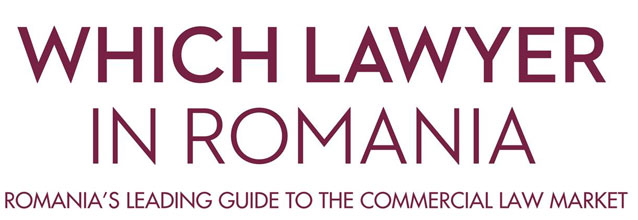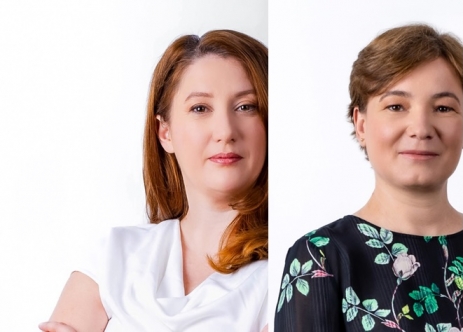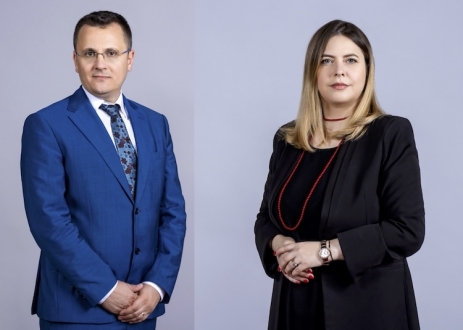
Regulatory scrutiny and a tightening, global legal framework place customized compliance programs at the top of companies' agenda says Diana Crângașu, Senior Associate and coordinator of the Competition practice of Clifford Chance Badea.
For Competition, 2015 was an extremely intense year in Romania as well, with a very active regulatory authority, a record number of investigations and infringement decisions, as well as important changes in the legislation.
"The local competition landscape reflects, mostly, an international reality," Diana Crângașu, Senior Associate and coordinator of the Competition practice of Clifford Chance Badea, said. "Globally, competition authorities become more alert, and the number of cartel investigations and resulting fines have seen record levels in recent years in the European Union and other major economies of the world, like the United States and China."
The Romanian Competition Council has also been extremely active over the past years, as it has launched several investigations and decided on an increasing number of sanctions. "This confirms the authorities' effort to align the Romanian market to international standards and help it grow, by using the right competition-related leverage in economic relations between various players. It is not an easy thing to do, but it is definitely the right way to build a sustainable and strong economy."
Talks during a recently-organized seminar by Clifford Chance Badea that looked into both the local legal framework, and European and global trends, have identified several predictions for the business environment in 2016.
2016 predictions in Competition
1. Bigger fines.
Globally and nationwide, 2016 could see fewer infringement decisions, but higher combined fines, as competition authorities are getting more alert and aggressive in investigating cartels and applying sanctions. Investigations are expected to focus on markets that impact a larger number of users. As a result, we may see an increase in related litigation, including claims for compensation from companies that have been sanctioned by competition authorities.
2. Extended multi-jurisdictional efforts.
Simultaneous investigations in several jurisdictions have become common practice. Competition authorities continue to work together, as cooperation becomes ever more important in complex investigations. For Romania, increased cooperation between the Competition Council and other state authorities is to be expected.
3. Compliance programs become essential.
For companies, compliance programs and best practices are mandatory. A compliance program needs to be customized for every business, and is based on a rigorous risk analysis, as well as the needs of that specific activity, industry, and organizational structure. In view of their efforts and responsibility to implement such programs, companies should get compensation from the competition authority, more specifically a reduction of the fine decided in the aftermath of an investigation.
4. Economic and commercial novelty under authorities' focus.
Competition bodies will enhance their focus on possible cartels and illegal practices in industries that have seen major growth recently, as well as in new commercial activities – more investigations are to be expected in online commerce, IT, retail, as well as the management of big data. Exceptions in national fiscal legislation of EU member states remain under scrutiny when it comes to state-aid rules.
5. The peril of public speaking.
During their investigations, competition authorities are looking more into company public statements (press releases, financial reports or investors-related information, financial predictions, strategies and price expectations, press interviews, etc.), as well as employees' social media accounts, analyses and statistics presented at industry conferences. Recent completed investigations have included a scanning of press releases issued by companies in various industries.
6. More scrutiny in M&A.
2015 saw several large Merger & Acquisitions (M&A) transactions that resulted into substantial economic concentrations; competition-related concerns might hamper this enthusiasm, in 2016. "We have already seen situations where ambitious M&A plans were abandoned or resized because, once the competition analysis was done, there was a concern that the deal would not be approved by the competition body, or that it would require major remedies, thus considerably reducing the economic purpose of the deal itself," Diana Crângașu explains. The analysis of a major M&A transaction needs to include, from the moment negotiations begin, an analysis of possible remedies (for example, carve-out or divestments proposals) that a competition authority would be willing to accept in order to approve the deal.
7. Focus on prevention.
Competition authorities express interest in becoming actively involved in the initiation and drafting of public policies, so as to ensure they are compliant with the competition legislation and, thus, prevent as much as possible situations when legislative projects or public authorities' initiative result in harming consequences for the competition landscape.



 January 28, 2016 10:43
January 28, 2016 10:43 










